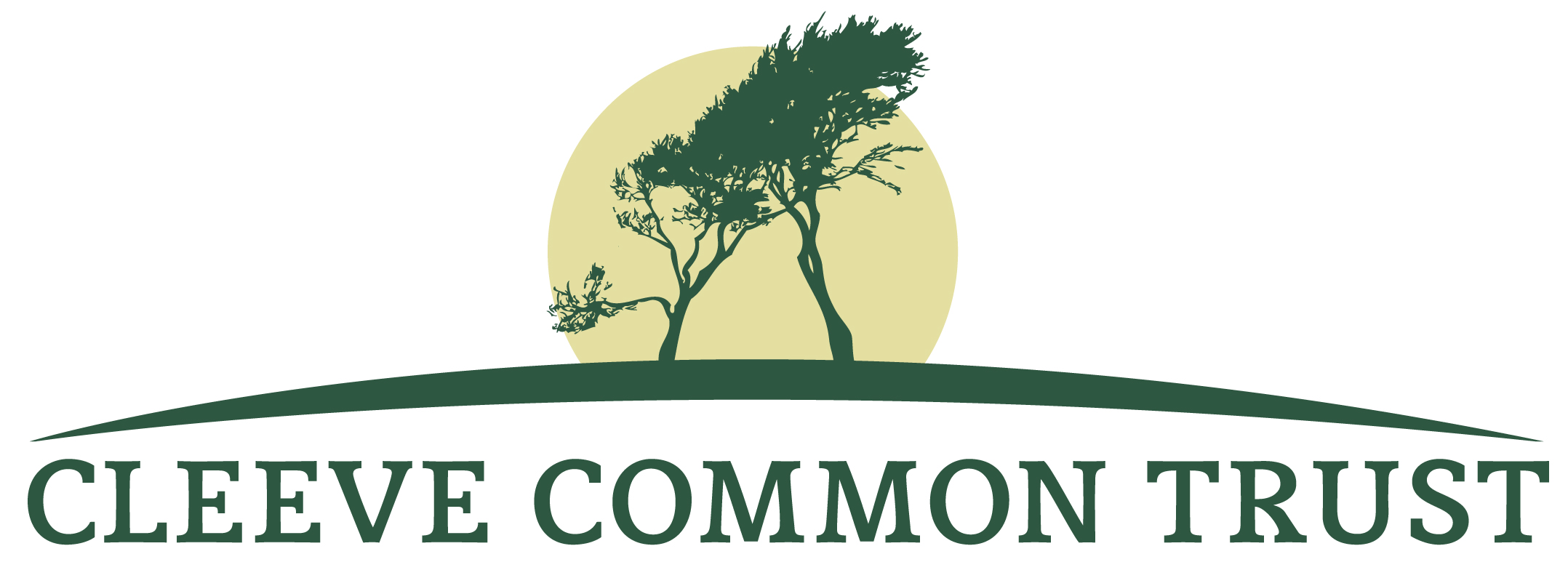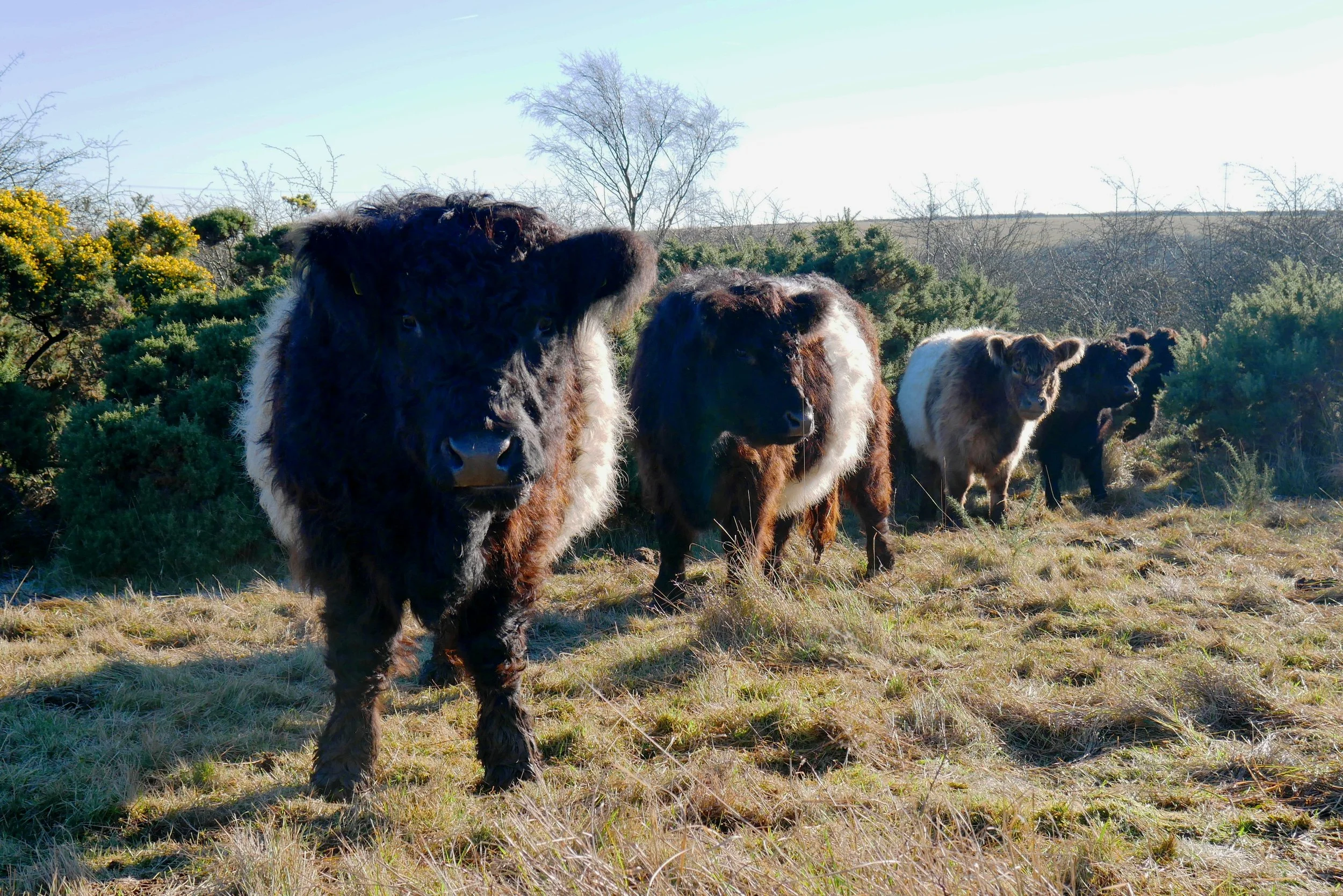What is Cleeve Common?
Cleeve Common is Gloucestershire’s largest common, with an area of over 400 hectares (1000 acres).
It is a nationally important resource, as a Site of Special Scientific Interest (SSSI) for its geology, habitats and botany and it also contains a wealth of archaeological interest, including three Scheduled Monuments.
The Common and its surroundings lie within the Cotswolds Area of Outstanding Natural Beauty (AONB).
Cleeve Common is a haven for plants, insects, reptiles, birds and mammals that thrive on the agriculturally unimproved limestone grassland, a habitat that has dwindled alarmingly in recent decades. Prior to 1935, such grassland accounted for over 40% of the Cotswolds: today the figure is only 1.5%. Cleeve Common therefore represents a major stronghold for this threatened habitat.
The landscape of the Common is typical of the Cotswolds in general with an escarpment, hilltop and dip slope. The scarp slope, on the front of the Common, is the most accessible while the hilltop is wide open grassland used extensively for recreation (including the golf course).
The dip slope at the back of the Common includes deep valleys such as Padcombe Bottom. This is often referred to as the ’wilderness area’, rich in plant, insect and bird life and a place where you can enjoy a true ‘away from it all’ feeling.
What is a Common?
Common land is owned, in our case privately. Visitors have the right to roam on foot here. So contrary to what many people believe, commons do not belong to the public.
What makes it ‘common’ is that certain local landowners have grazing (or ‘commoners’) rights, entitling them to graze specified numbers of sheep, cattle and other animals between April and November.
Cleeve Common is different to many other commons in that it is managed by a group of Conservators in a charitable Trust. The Conservators were established in 1890 by an Act of Parliament, which gave them sole management responsibility for Cleeve Common, allowing them to make Bylaws to protect and preserve the site for generations to come. Today’s Trustees are representatives appointed by local boroughs and parishes and the landowner. You can find out more about who we are in the Cleeve Common Trust section.
As well as recreational activities carried out on foot, the Trust also permits a wide range of other recreational activities, but some are restricted to designated areas to ensure we protect some of Cleeve Common’s more fragile habitats. See the Things to do section for more information.
How did it all begin?
Although it is the forces of nature that gave the Common its basic form, the influence of man has considerably modified it. Like most of Britain, Cleeve Common was once covered with dense woodland. This was cleared from around 6000 years ago to make way for farming. But the shallow, stony soil and harsh climate have limited the agricultural possibilities; the grassland you see today results from thousands of years of seasonal grazing.
Quarrying for stone, gravel and sand in recent centuries has left striking but unnatural rock faces and disused workings, particularly along the front face of the hill and the valley sides further back.
Find out more in our Things to see section.

